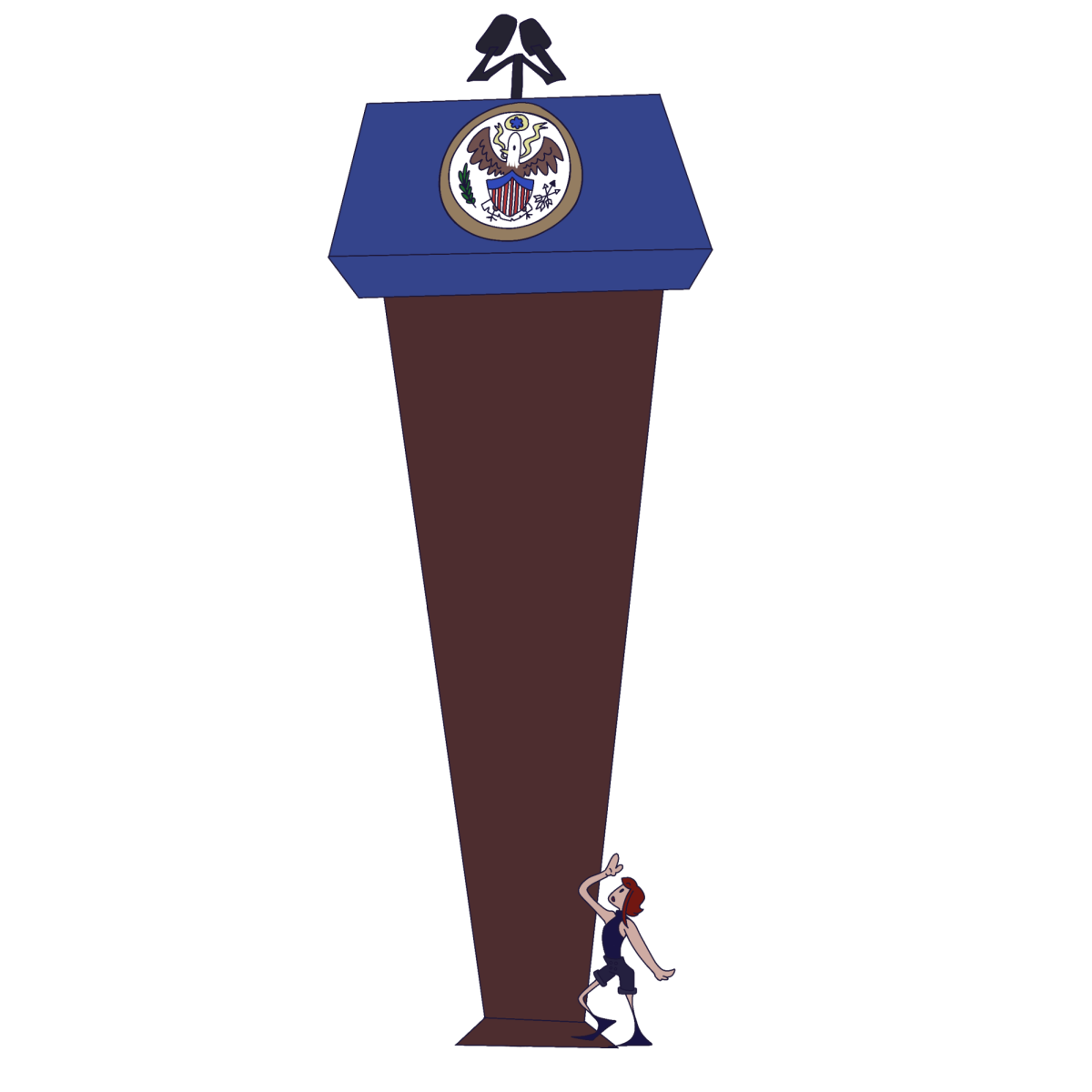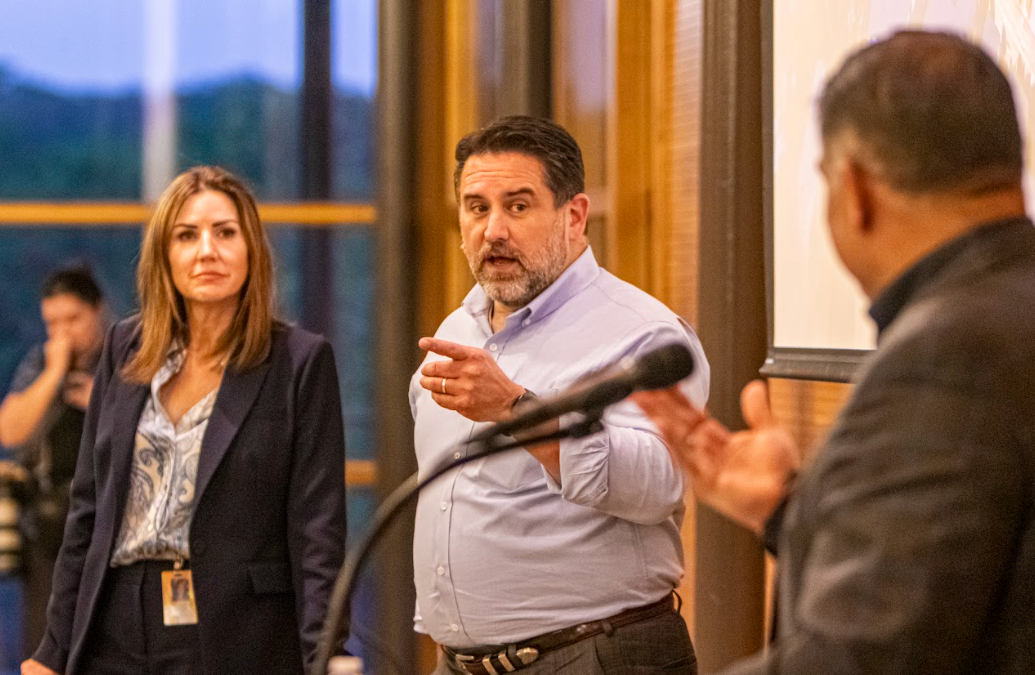AUSTIN, Texas (AP)— Public schools are shaping up to be- come the top issue in the 2014 election campaigns, with Demo- crats complaining about Repub- lican budget cuts and conserva- tives calling for more choice and less government involvement in an issue that impacts every Texan.
Expect candidates to offer a barrage of statistics about schools and student achieve- ment, since something can be found for every political persua- sion. Money is likely to be the biggest talking point, with Dem- ocrats complaining about cuts in per-pupil spending and low salaries in Texas, while Repub- licans will say there is no cor- relation between government
spending and student success. Fact checkers will find that
both sides are about half-right. The Republican-controlled Legislature rewrote the for- mula for public school funding in 2011 to cut $5.4 billion from the state’s public education bud- get, the first such reduction in spending since World War II. In 2013, the Legislature restored about $3 billion, but is still not spending as much as it did in 2010. Texas teachers also make about $1,000 less a year than the national average, prompting many teachers to leave the field
or move elsewhere. Increased spending over time,
though, does not result in com- mensurate increases in student performance, conservative groups point out. Conservative Texas organizations such as the Texas Public Policy Foundation
argue that public schools need to change the way they operate and use existing funds more ef- ficiently before they get addi- tional taxpayer dollars.
Democratic Sen. Wendy Da- vis filibustered the state budget in 2011 and forced a special ses- sion to protest the cuts in school spending, which eventually passed.
“I do believe that education must be the No. 1 priority that we address as a state,’’ Davis said at a round table at the University of Texas at Arlington on Thurs- day.
Democrats believe they can win over suburban mothers up- set at the budget cuts made at their schools. But Republicans are not ready to cede the issue, laying the blame on teachers’ unions and tenure systems they say keep poor educators on the
job. “It’s time for Texas to set our
sights on being number one in education,’’ Republican guber- natorial candidate Greg Abbott told a conservative political con- ference on Friday.
Abbott’s solution is more charter schools and allowing parents more leeway to choose where to send their children. Davis wants to encourage the brightest students to become teachers, and forgive their stu- dent loans when they work at public schools.
Expect the candidates to also debate curriculum, graduation standards and testing. Christian groups continue to fight against teaching evolution, industry groups want better-educated high school graduates and par- ents complain of too much test- ing. The Legislature recently
dropped the requirement that all students take Algebra II in order to graduate from high school.
Striking the balance will be difficult at a time when, by some key measures, Texas students continue to lag behind.
The Texas Education Agency on Thursday said the num- ber of schools falling short of minimum standards doubled from 2012 because of newer, higher standards. That means at least half the students at those schools have failed the account- ability tests in two of the three previous years or the schools were rated academically unac- ceptable in 2011 or “Improve- ment Required’’ last year. Texas ranked 47th in the nation in SAT scores last year.
Lt. Gov. David Dewhurst also joined the education debate,
praising the progress in student performance since 2000, when the state adopted a long-term strategy called “Closing the Gaps 2015.’’ He called on Texas sena- tors on Thursday to examine the lessons learned and make a plan for the next 15 years.
There is no doubt that public education always has been, and likely always will be, a challenge for the state’s leaders. The num- ber of children growing up in poverty and homes where Eng- lish is not the first language is on the rise. The 2014 election al- lows voters to choose whose vi- sion they trust more for solving these problems.








